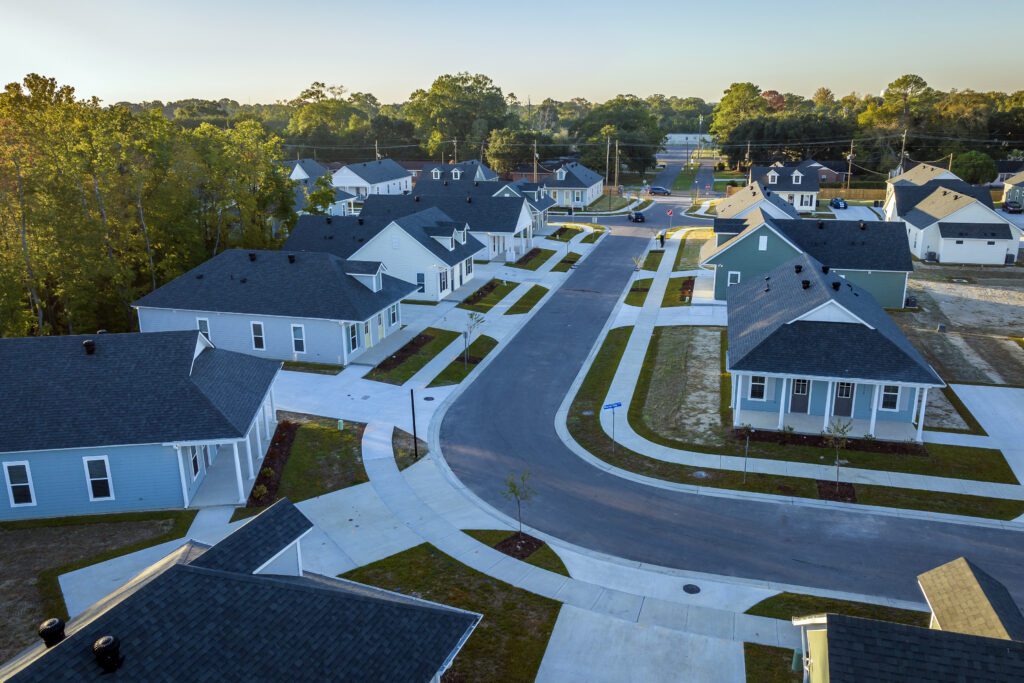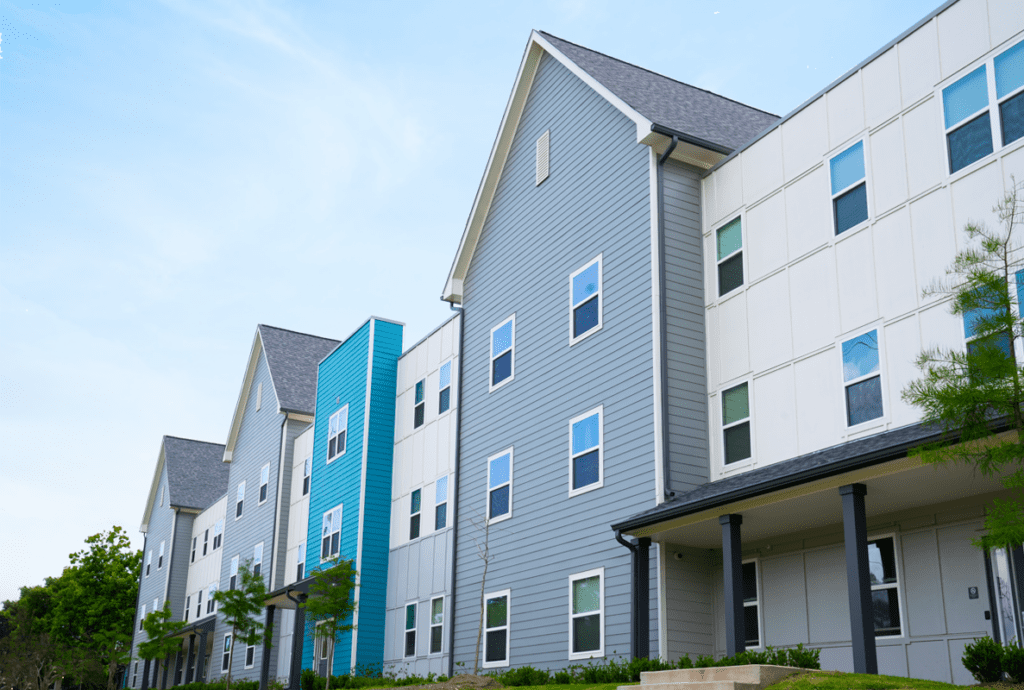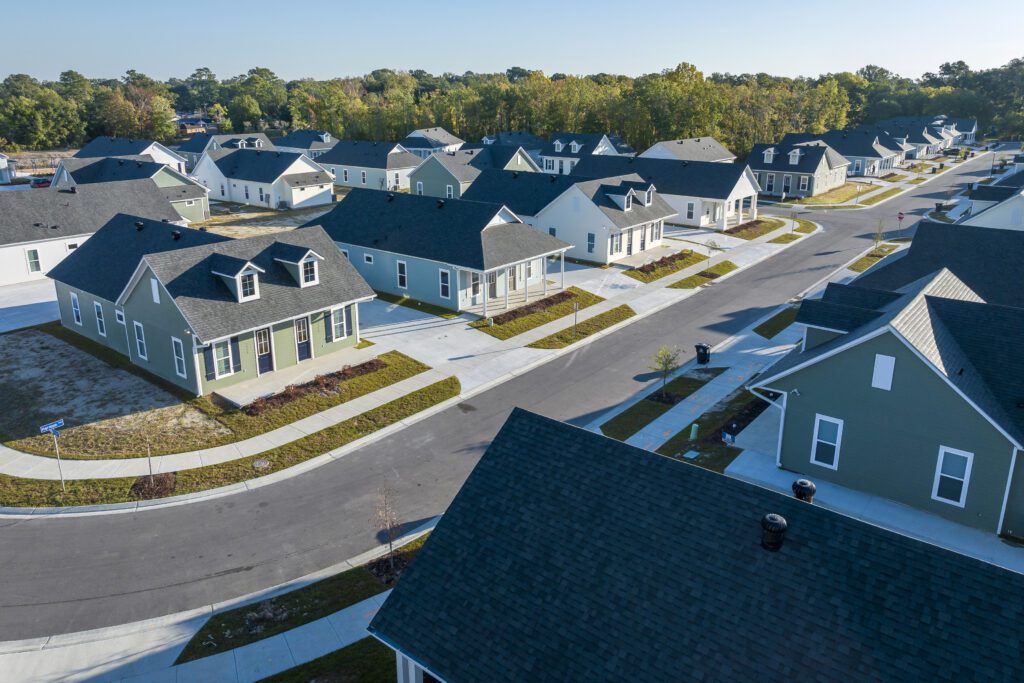We have always prided ourselves on keeping abreast of financial developments in the industry to make sure we are giving our clients as much access to incentives as possible. In recent years, the real estate industry has witnessed a surge in the adoption of various legislative initiatives aimed at incentivizing energy efficiency and reducing inflationary pressures. Among these initiatives, the Inflation Reduction Act (IRA) stands out as a critical tool in promoting sustainable development practices, particularly within the multifamily and Low-Income Housing Tax Credit (LIHTC) sectors. In this blog, we delve into the applications of the IRA, including its relevance to programs like 45L, 179D, HEERA, and GRRP and its impact on multifamily and LIHTC developments. These are just a few of the tools available to increase your capital stack while helping with the efficiency and long-term viability of multifamily properties.
Understanding the Inflation Reduction Act (IRA)
The Inflation Reduction Act, enacted to combat inflationary pressures, encourages developers and property owners to invest in energy-efficient technologies and sustainable building practices. By providing tax incentives and credits, the IRA aims to mitigate rising costs associated with inflation while fostering environmentally conscious development strategies. In short, it provides numerous incentives for better building. They come in the form of grants, tax deductions, tax credits, and direct rebates.
Applications in Multifamily Developments
Multifamily properties represent a significant portion of the housing market, making them a prime target for initiatives promoting energy efficiency and cost reduction. The IRA incentivizes developers of multifamily projects to integrate energy-efficient features such as advanced insulation, high-efficiency HVAC systems, and energy-efficient lighting. These upgrades not only reduce operational expenses for property owners but also enhance the overall comfort and sustainability of the living environment for tenants.
Moreover, the IRA complements existing programs like the 45L Energy-Efficient Home Credit and 179D deduction, which provides tax incentives to developers of energy-efficient residential buildings. By leveraging the provisions of the IRA in multifamily developments, property owners can maximize tax benefits while contributing to broader sustainability objectives and increasing profitability.

LIHTC and the Role of the Inflation Reduction Act
The LIHTC program plays a pivotal role in addressing affordable housing needs across the United States. By offering tax credits to developers of affordable housing projects, LIHTC encourages the construction and preservation of rental housing for low-income households. Incorporating energy-efficient measures into LIHTC developments not only aligns with the sustainability goals of the IRA but also enhances the long-term affordability and operational efficiency of these properties. Some aspects of this can be complicated and should be looked at carefully with an accounting professional to assure maximum utilization without going outside of the tax code. Factors like how different incentives affect basis, etc. are important in the same way they are with Historic and other credits.
The Housing Energy Efficiency Retrofit Act (HEERA) and Green Retrofit for Affordable Housing Program (GRRP) further complement the objectives of LIHTC by providing funding and technical assistance for energy-efficient retrofits in affordable housing developments. Through strategic coordination with the IRA, LIHTC projects can leverage additional incentives and resources to implement comprehensive energy-saving measures while maintaining affordability for residents.
Impact of the IRA on Multifamily Developments
The integration of IRA provisions into multifamily and LIHTC developments offers a range of benefits for developers, property owners, and tenants alike:

Cost Savings:
Energy-efficient upgrades facilitated by the IRA result in reduced utility expenses for property owners, enhancing long-term financial viability and profitability.
Environmental Sustainability:
By promoting the adoption of sustainable building practices, the IRA contributes to lower carbon emissions and mitigates the environmental impact of multifamily and affordable housing developments.
Tenant Comfort and Health:
Energy-efficient buildings offer improved indoor air quality, thermal comfort, and overall livability, enhancing the well-being of residents.
Compliance and Marketability:
Meeting energy efficiency standards mandated by the IRA enhances the marketability of multifamily properties and ensures compliance with evolving regulatory requirements.
Final Thoughts
In summary, the Inflation Reduction Act serves as a catalyst for transformative change in the multifamily and LIHTC sectors, driving innovation, sustainability, and affordability in housing development. By incentivizing energy-efficient practices and fostering collaboration among stakeholders, the IRA paves the way for a more resilient and sustainable built environment. As the demand for energy-efficient housing continues to grow, the applications of the IRA in multifamily and LIHTC developments will remain instrumental in shaping the future of sustainable housing in the United States. We at DNA Workshop will continue to monitor developments in these programs to help our clients better their projects and to create the best projects that we can by maximizing the juice from the squeeze.

Trying to Navigate the IRA’s Impact on Your Multifamily Development?
Our Architects are here to help you put together the pieces and maximize your savings. Contact us to learn more.

